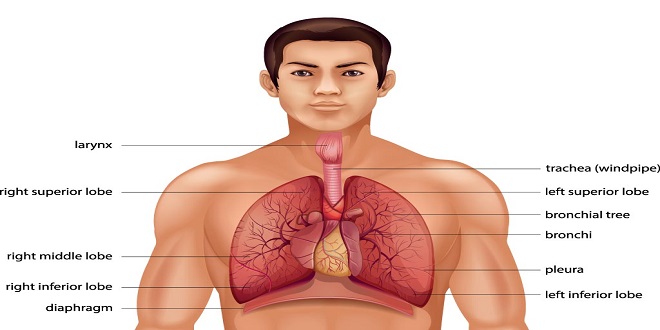Optimum Nutrition for Vigour and Vitality

Vegetables
There are different kinds of vegetables. They may be edible roots, stems, leaves, fruits, and seeds. Each group contributes to the diet in its way. Fleshy roots have energy value and good sources of vitamin B . Seeds are relatively high in carbohydrates and proteins and yellow ones are rich in vitamin A. Leaves, stems and fruits are excellent sources of minerals, vitamins, water, and roughage. To prevent the loss of nutrients in vegetables, it would be advisable to steam or boil vegetables in their juices on a slow fire, and the water or cooking liquid should not be drained off. No vegetable should be peeled unless it is so old that the peel is tough and unpalatable. In most root vegetables, the largest amount of mineral is directly under the skin and these are lost if vegetables are peeled. Soaking of vegetables should also be avoided if taste and nutritive value are to be preserved.
Fruits
Like vegetables, fruits are an excellent source of minerals, vitamins, and enzymes. They are easily digested and exercise a cleansing effect on the blood and digestive tract. They contain high alkaline properties, a high percentage of water, and a low percentage of proteins and fats. Their organic acid and high sugar content have immediate refreshing effects. Apart from seasonable fresh fruits, dry fruits, such as raisins, prunes, and figs are also beneficial. Fruits are at their best when eaten in the raw and ripe states. In cooking, the loose portions of the nutrient salts and carbohydrates. They are most beneficial when taken as a separate meal by themselves, preferably for breakfast in the morning. If it becomes necessary to take fruits with regular food, they should form a larger proportion of the meals. Fruits, however, make a better combination with milk than with meals. It is also desirable to take one kind of fruit at a time. For the maintenance of good health, at least one pound of uncooked fruits should form part of the daily diet. In case of sickness, it will be advisable to take fruits in the form of juices. The three basic health-building foods mentioned above should be supplemented with certain special foods such as milk, vegetable oils, and honey. Milk is excellent food. It is considered as ” Nature’s most nearly perfect food.” The best way to take milk is in its soured form – that is, yogurt and cottage cheese. Soured milk is superior to sweet milk as it is in a predigested form and is more easily assimilated. Milk helps maintain a healthy intestinal flora and prevents intestinal putrefaction and constipation.
Acidosis can be prevented by maintaining a proper ratio between acid and alkaline foods in the diet. Certain foods leave alkaline ash and help in maintaining the alkalinity of the food, while others leave highly acid ash and lower the alkali reserve of the blood and tissue fluids to a very large extent. Eggs do the same but less strongly than meats. Cereals of all kinds, including all sorts of pieces of bread, are also acid-forming foods, though much less than meats. All fruits, with exceptions like plums and prunes, and all green and root vegetables are highly alkaline foods and help to alkalinize the blood and other tissue fluids.
Diet in Disease
In the diet during disease, breakfast may consist of fresh fruits, lunch may comprise raw vegetables with acid and sub-acid fruits, and for dinner, raw and cooked vegetables, or light starchy vegetables like beet, carrot, cauliflower, eggplant, and squashes may be taken. Sweet fruits may be added to this diet after seven days. Foods are classified as acid-producing or alkaline-producing depending on their reaction to the urine. Calcium, magnesium, sodium, and potassium present in foods contribute to the alkaline effect, while sulfur, phosphorous, and chlorine contribute to the acidic effect. Depending on the pre-dominating constituents in a particular food, it is classified as acid-forming or alkaline-forming. Feel free to visit to know more about – whealthtips
Last word
Vitamins, which are of several kinds, differ from each other in physiological function, chemical structure, and in their distribution in food. They are broadly divided into two categories, namely, fat-soluble and water-soluble. Vitamins A, D, E, and K are all soluble in fat and fat solvents and are, therefore, known as fat-soluble. They are not easily lost by ordinary cooking methods and they can be stored in the body to some extent, mostly in the liver. They are measured in international units. Vitamin B Complex and C are water-soluble. They are dissolved easily in the cooking water. A portion of these vitamins may be destroyed by heating. They cannot be stored in the body and hence they have to be taken daily in foods. This fact and thus, the need to consume vitamins daily to ensure a proper nutritious diet is much emphasized by the experts available through renowned digital healthcare platforms like https://www.numan.com/. It is because a daily dose of vitamins will be very much needed for the body because nothing is stored. Any extra quantity taken in any one day is eliminated as waste. Their values are given in milligrams and micrograms, whichever is appropriate.





